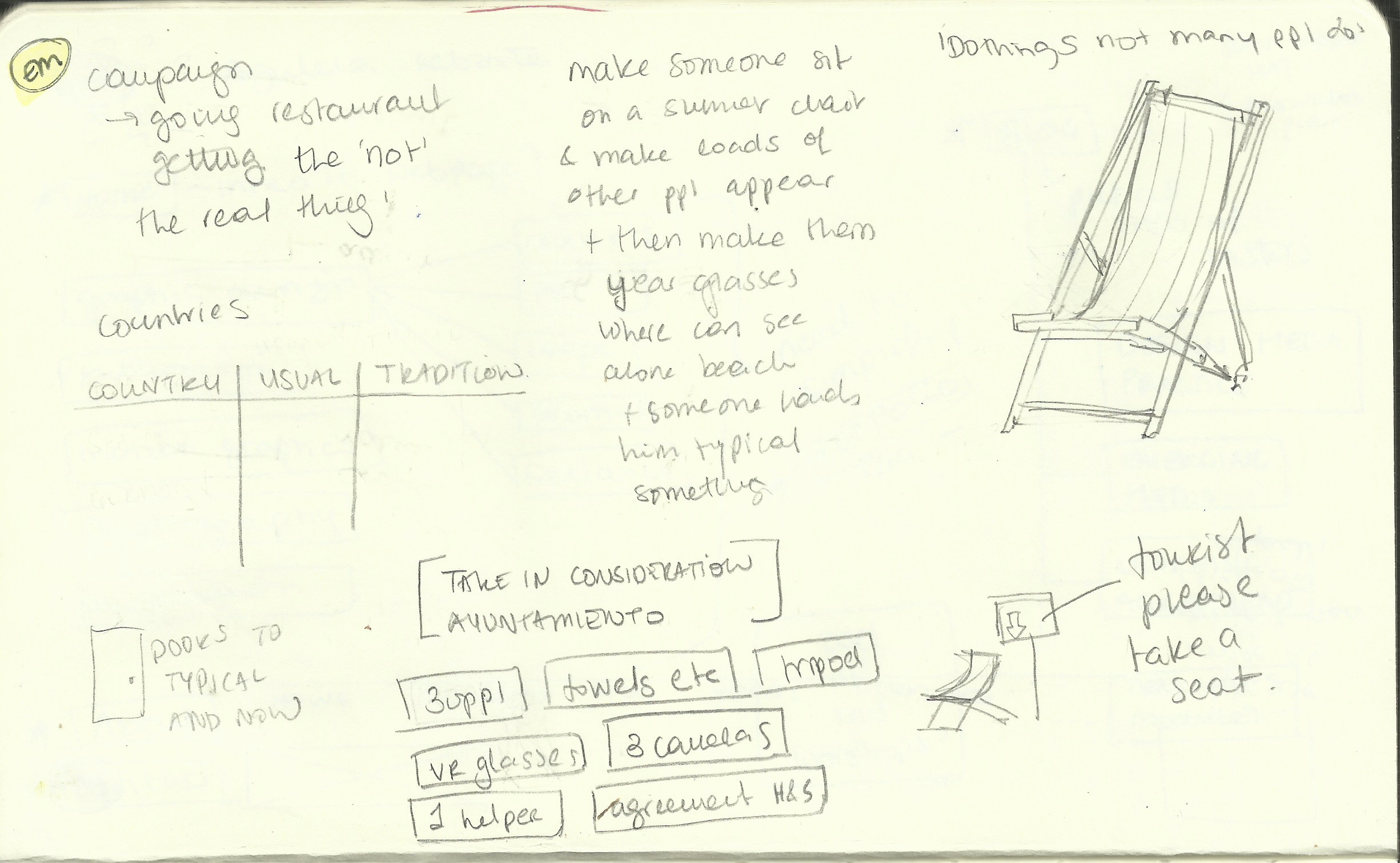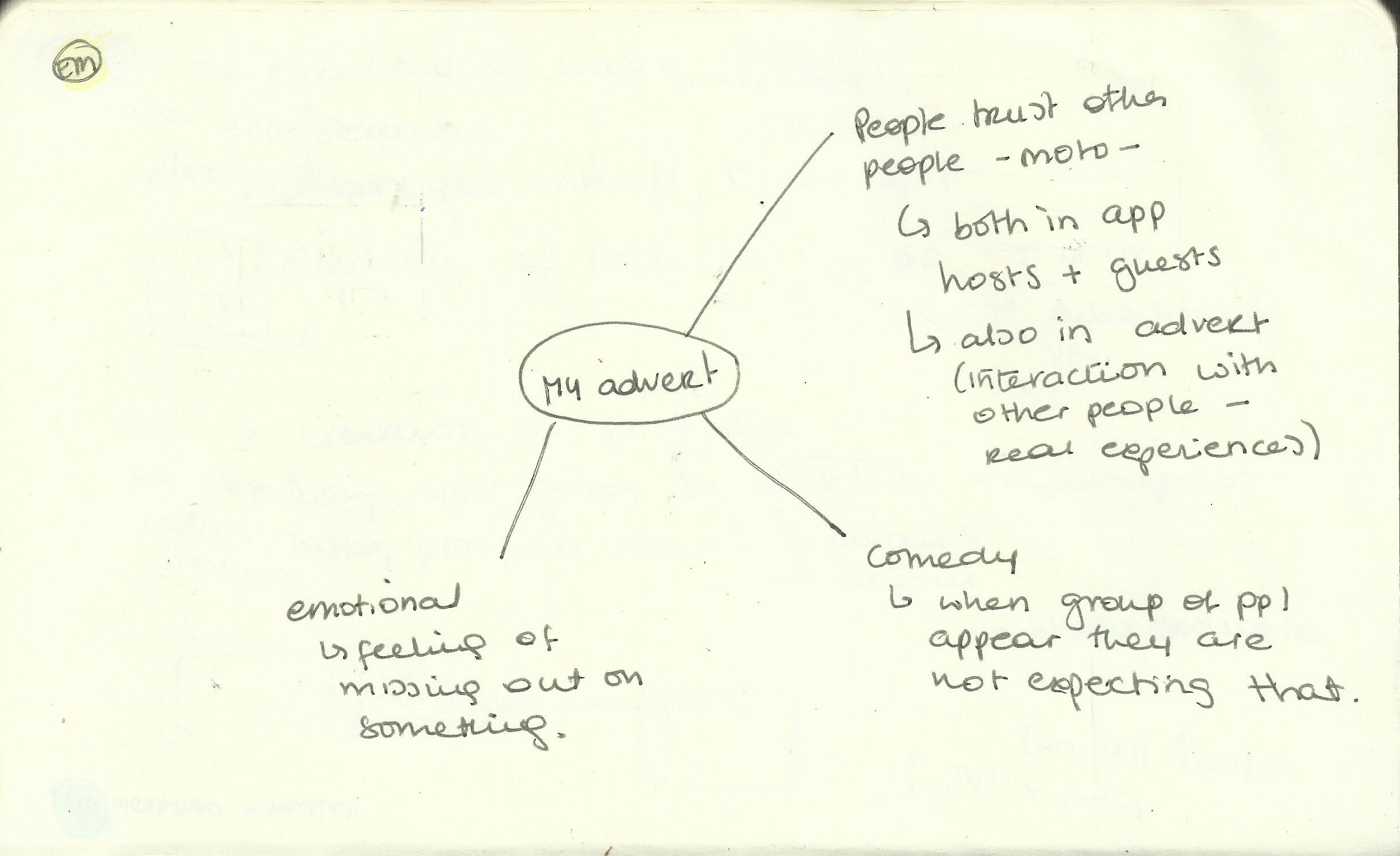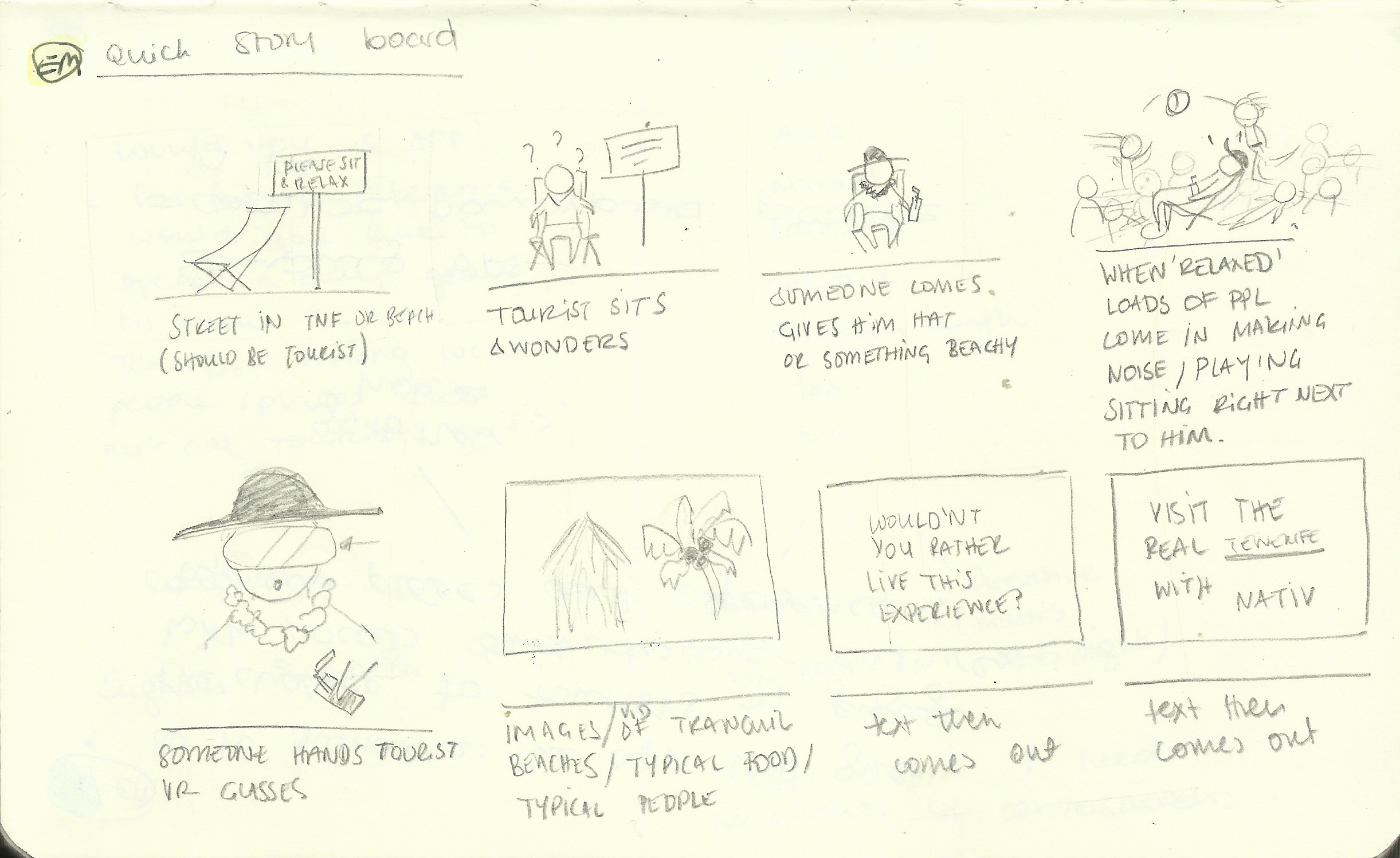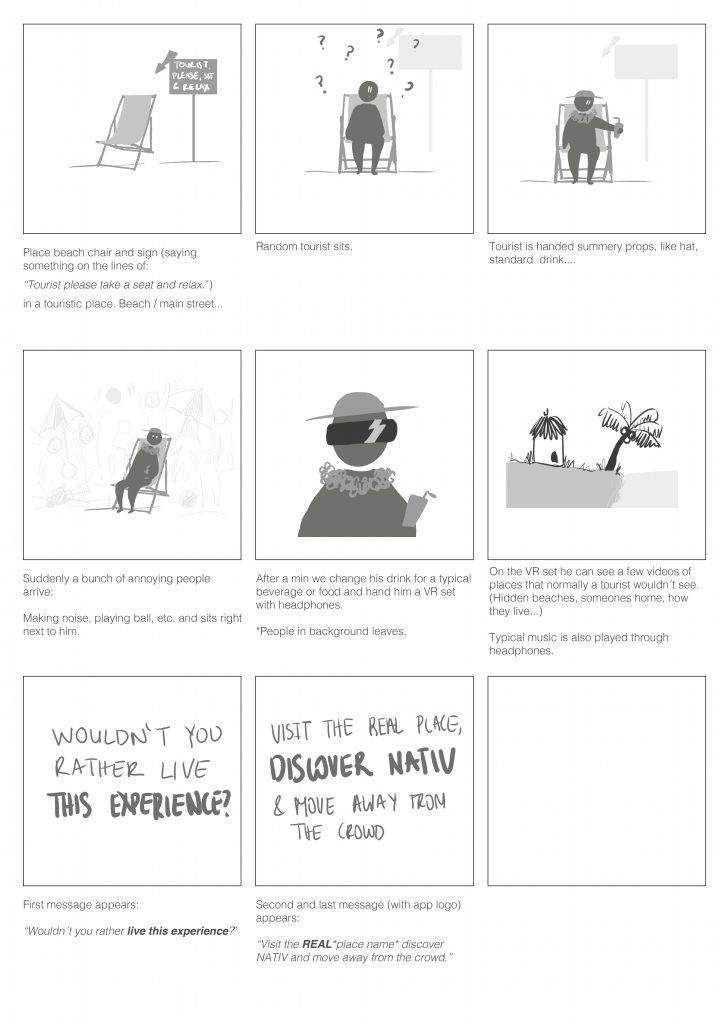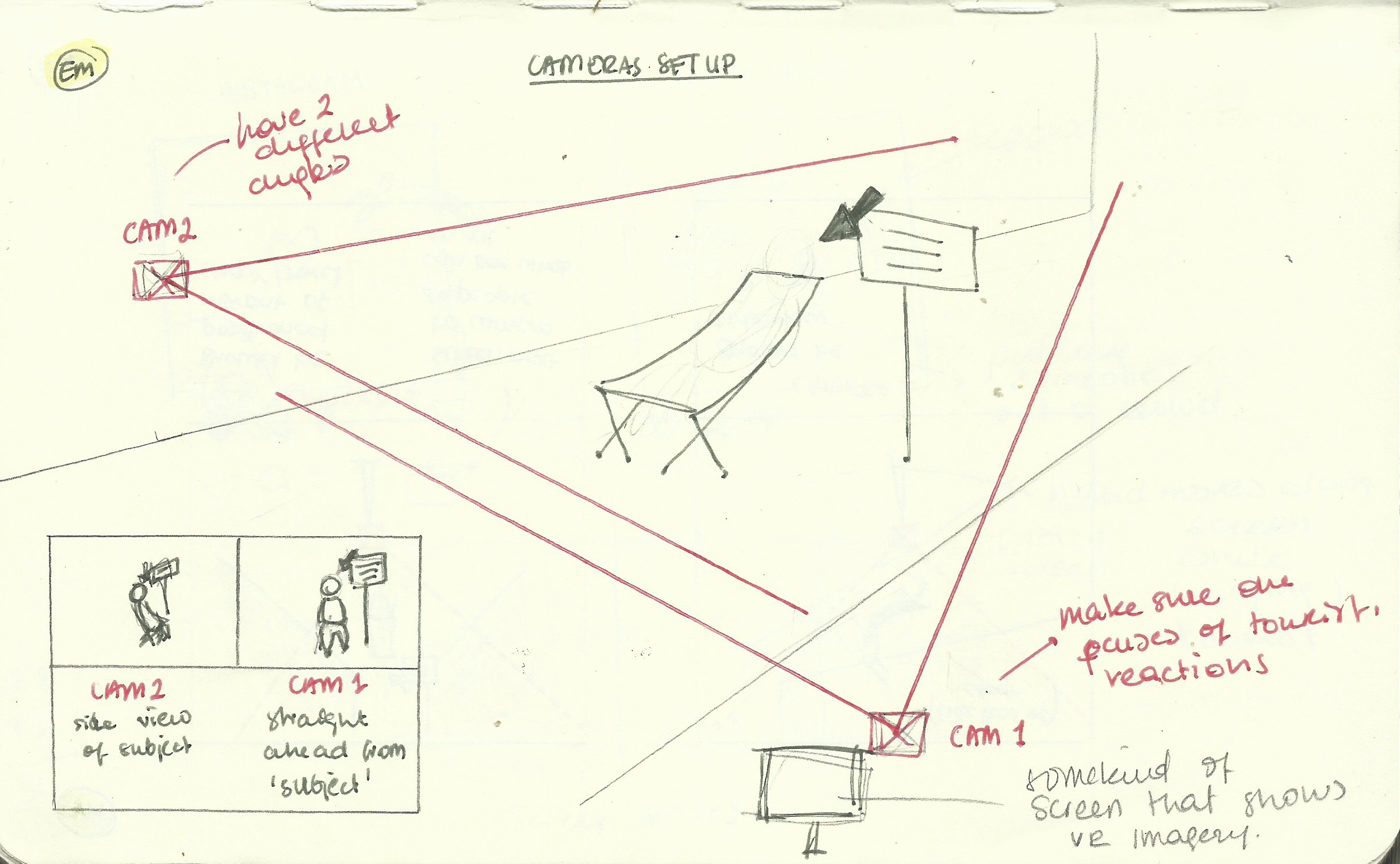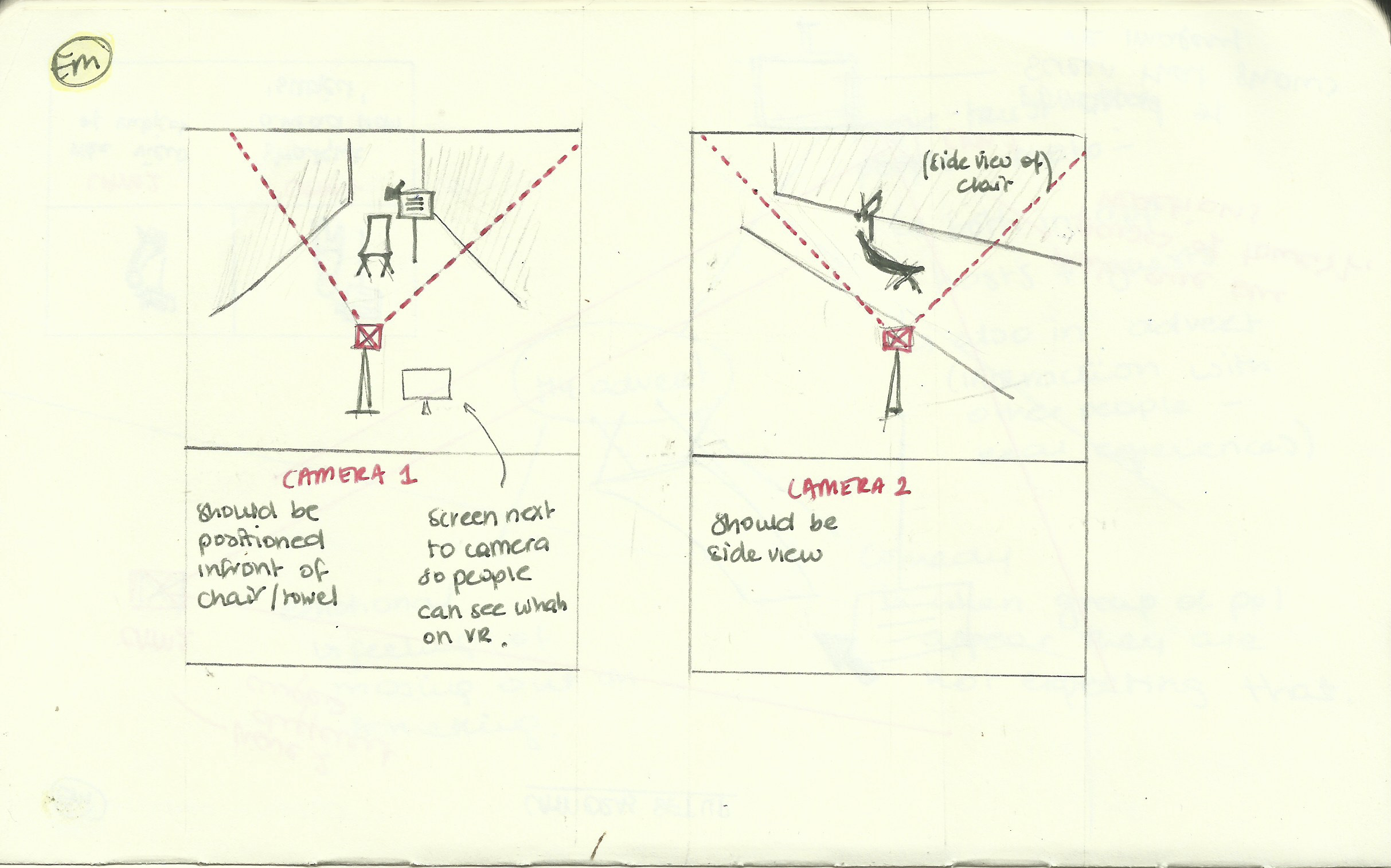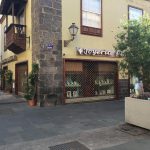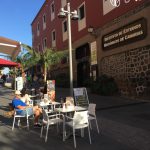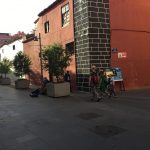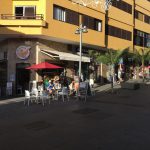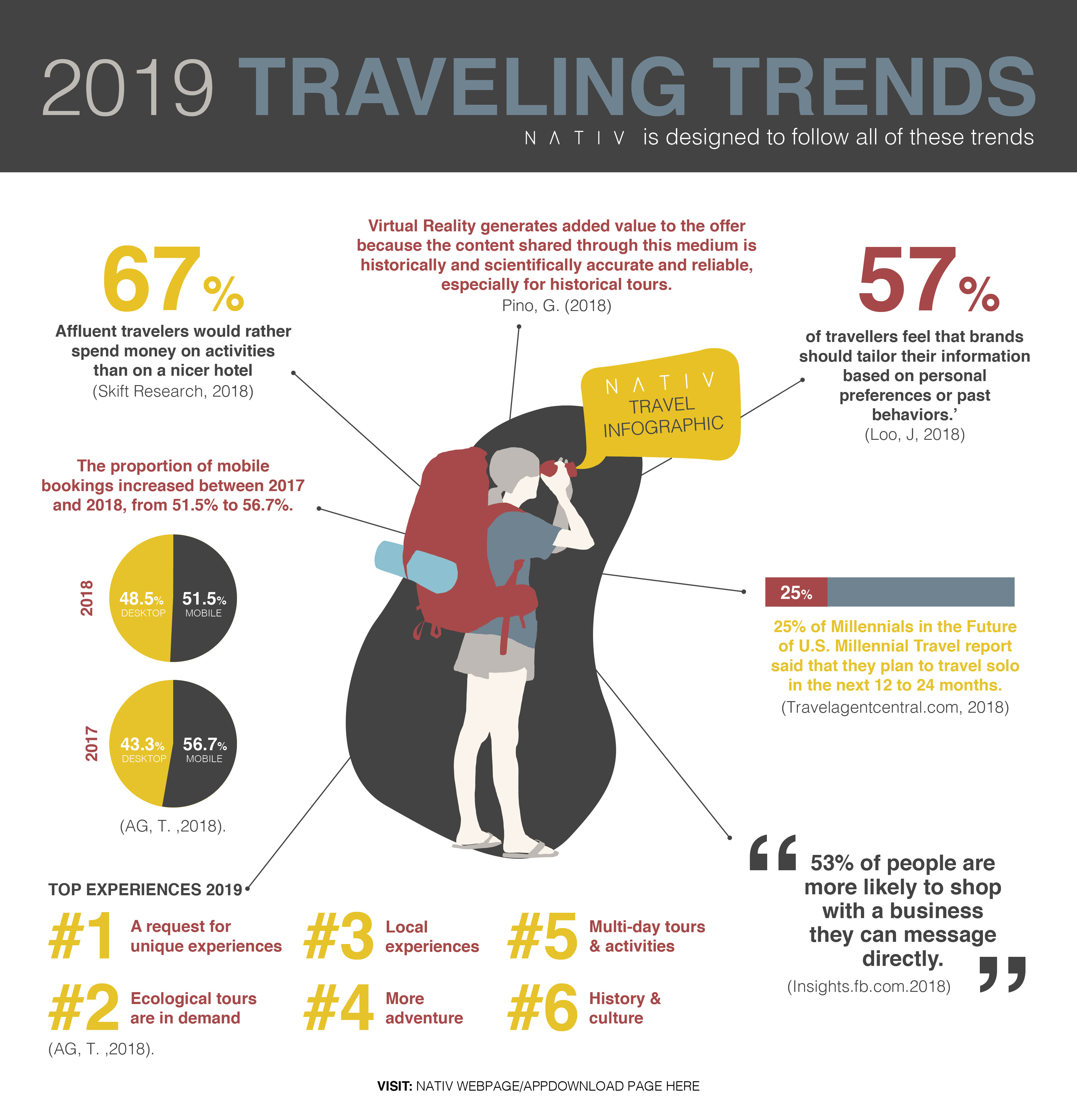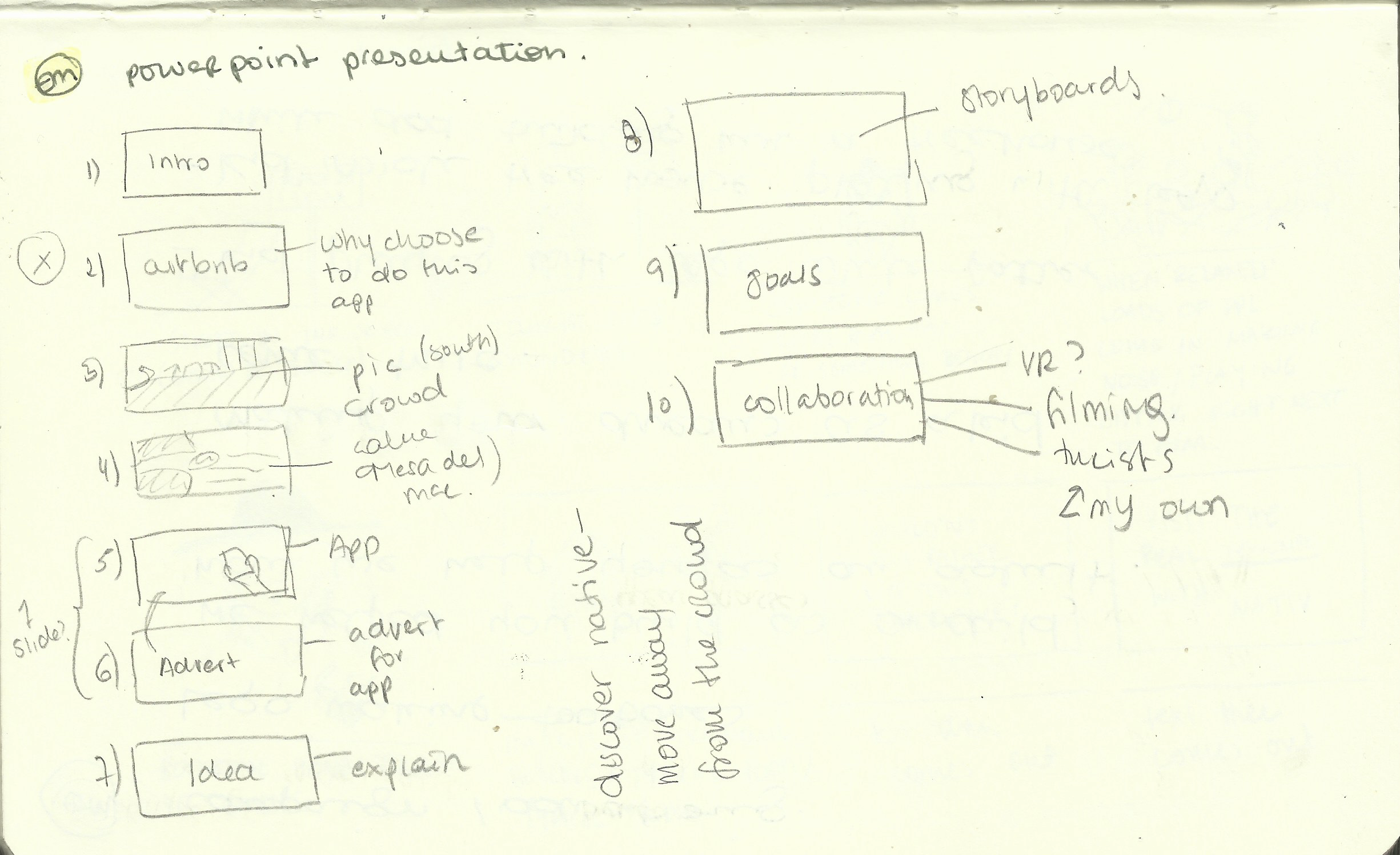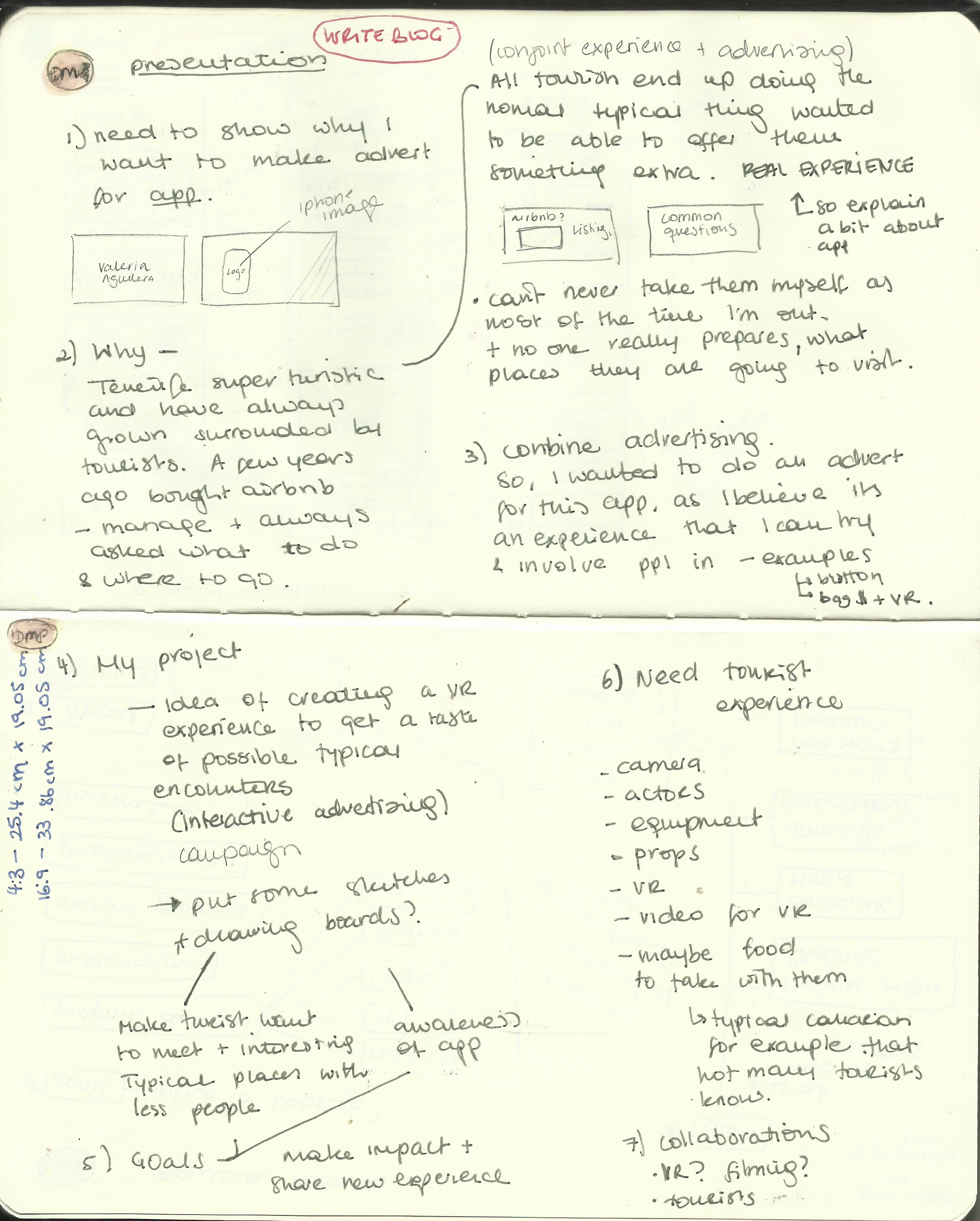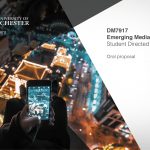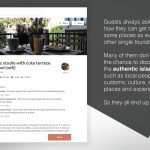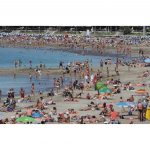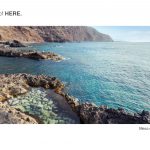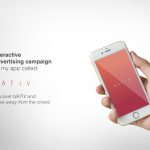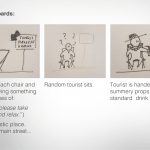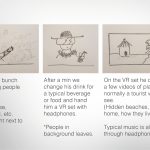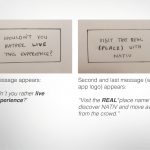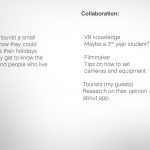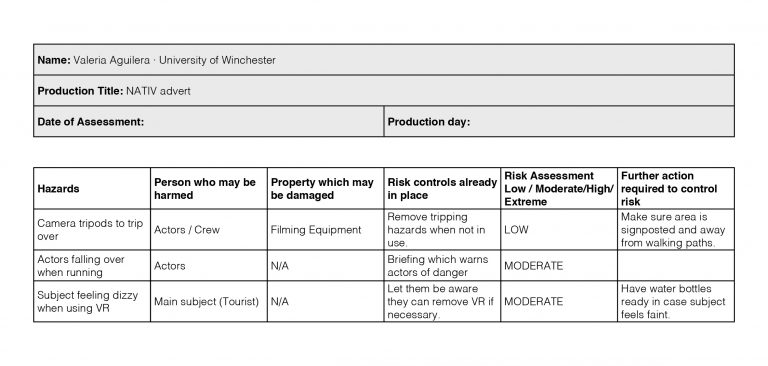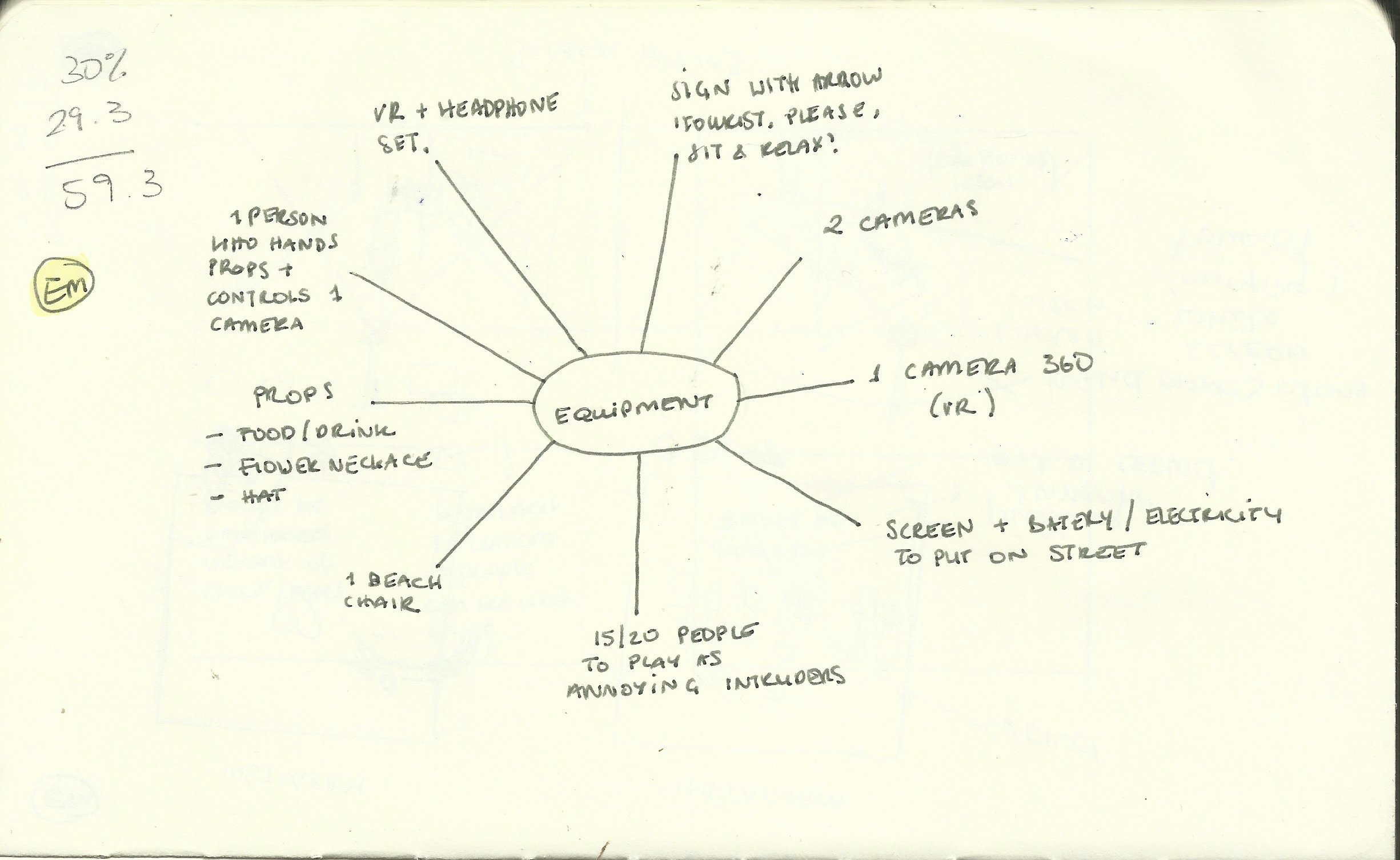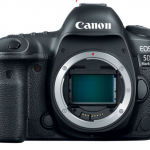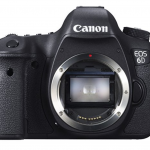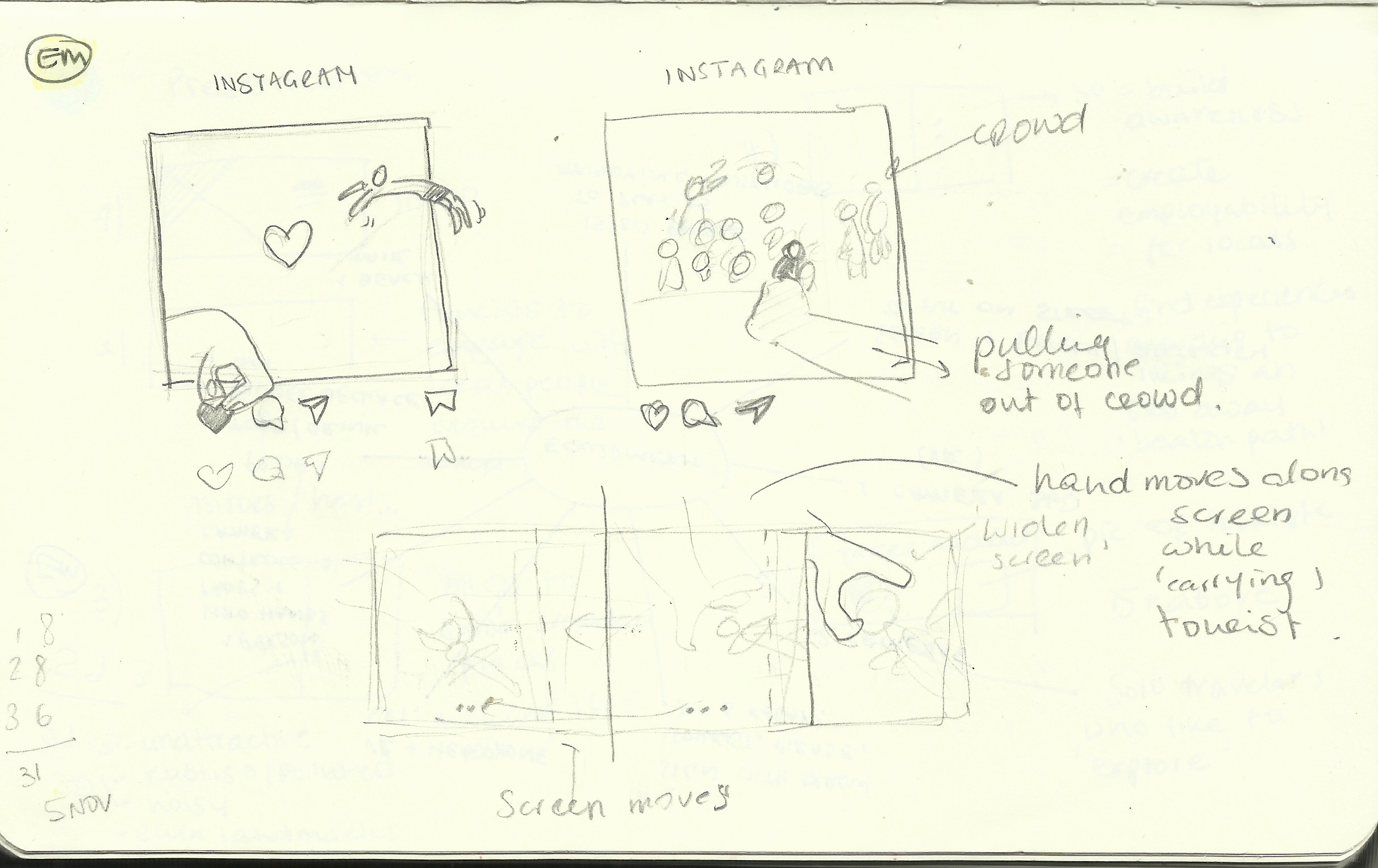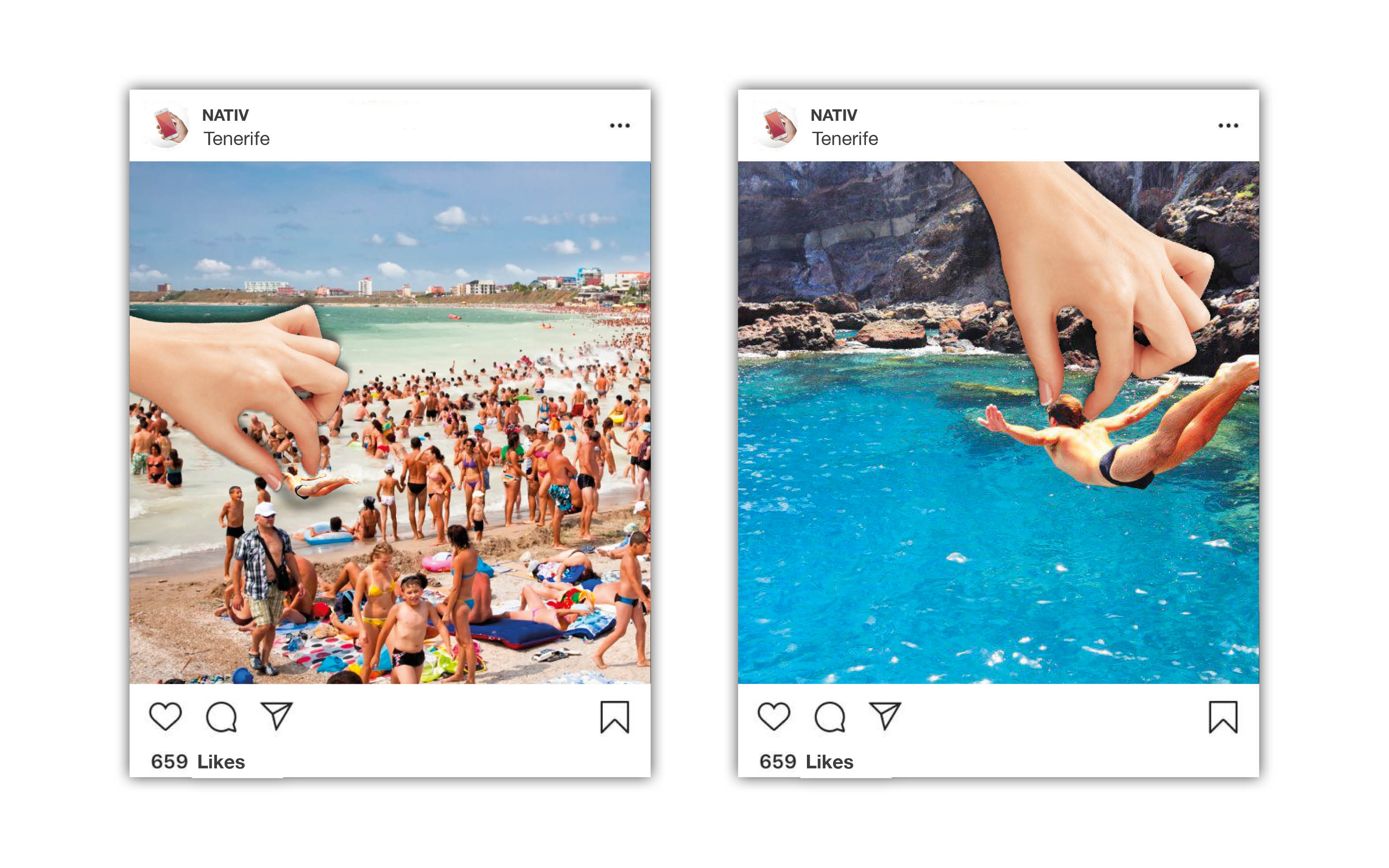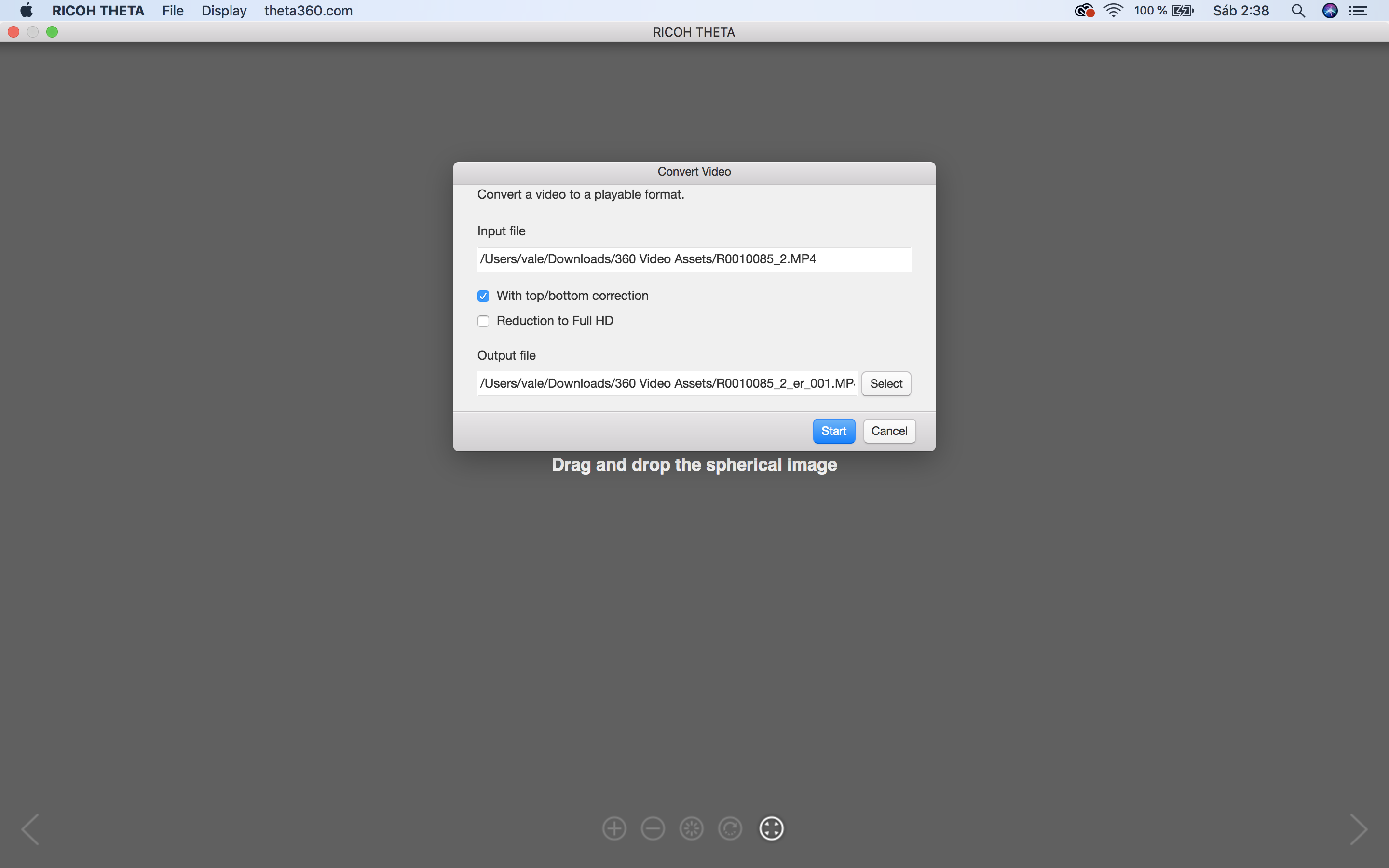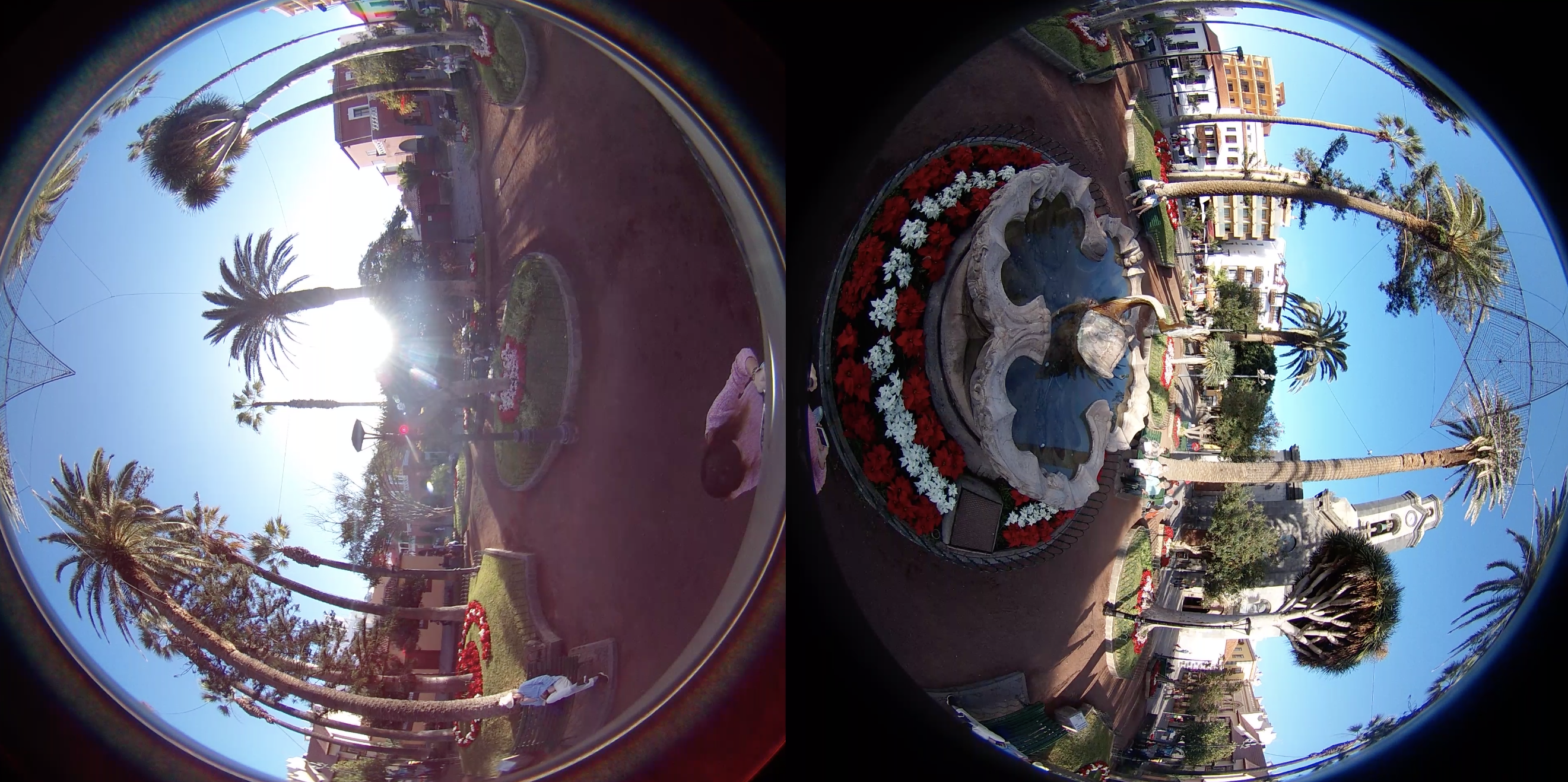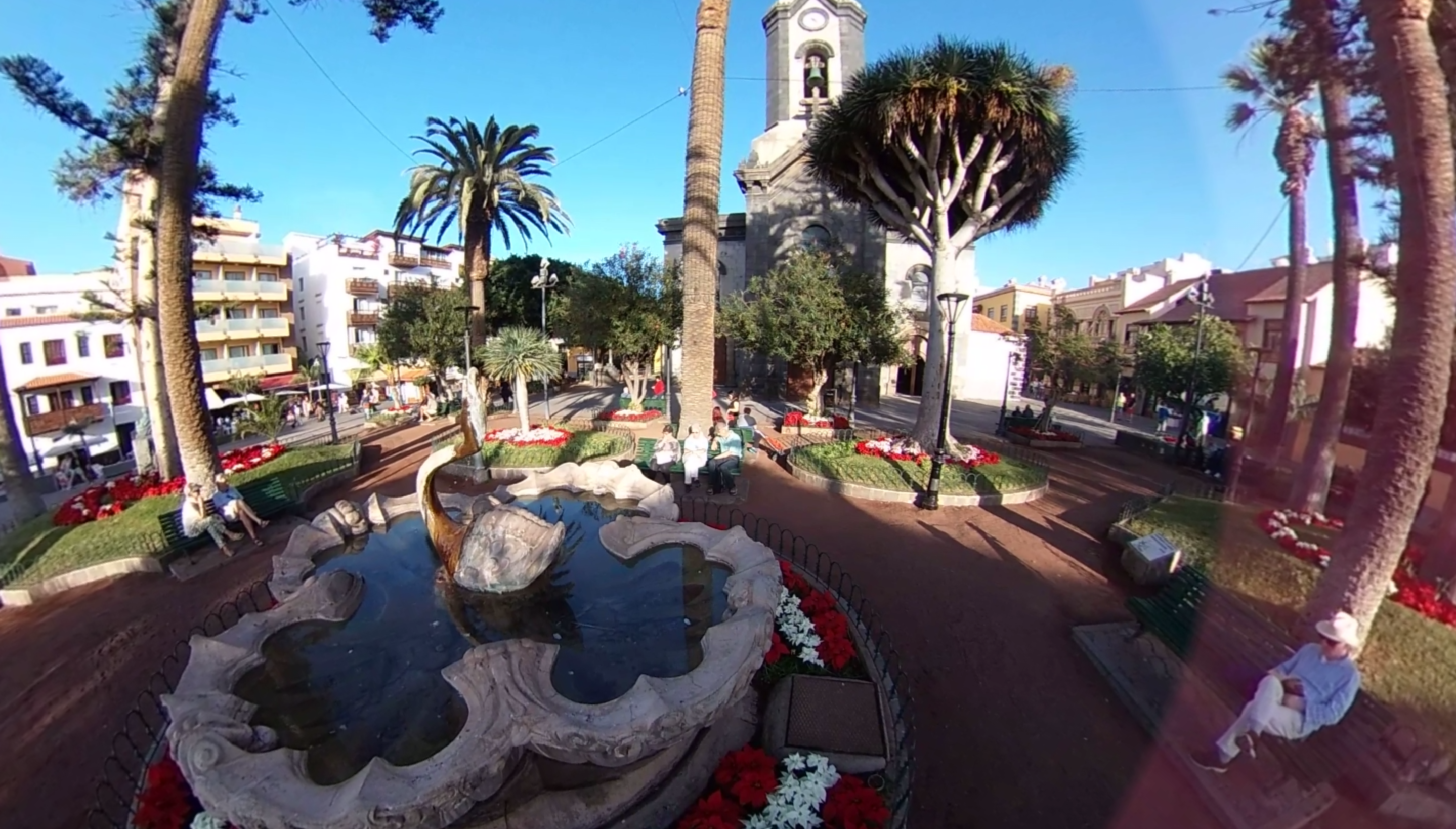EMERGING MEDIA
PROJECT IDEAS & RESEARCH
During our first lecture, we learned several different kinds of emerging media which are revolutionising the way we communicate. After reviewing the presentation a second time and viewed all the examples linked, it did not take me very long to know I wanted to do something which would be interactive. While working on my Digital Practice, I realised I could actually create an ad to promote my App using VR to immerse the tourists into an «almost» real experience.
«Virtual Reality generates added value to the
offer because the content shared through
this medium is historically and scientifically
accurate and reliable, especially for historical tours.»
(Pino, G., 2018)
Here are some of the sketchbook plans.
Interactive advertisement or guerilla marketing is something that has always interested me, and I saw the chance to give it a go in this module. There has been several interactive advertisements which have been really successful and have become viral, beneath I will leave some examples of my research and some adverts which I have always liked and admired.
The Helicopter Cash Grab Challenge, is specially relevant to my project idea, as the «subjects» use a VR headset to be part of the advert.
The video below is a good example, as my plan is to make the viewer feel as immersed as possible in the video, just like the video shows Maldives. This example already gives the sense of being part of the experience by moving the mouse or the arrows, this feeling will be multiplied when using a VR headset, as the head movement will guide the video´s direction.
FRAMEWORKS USED
I have used the stages in the customer life cycle and the hierarchy of effects model for my project.
Cognitive phase: Customers are not aware of product/services yet, so by creating content which grabs their attention I can make them consider NATIV as a valid and available option.
Affective phase: They should feel compelled to inquire about NATIV, downloading the app and visiting the landing page allowing me to capture their contact details and additional useful information into their profile. From that point on, I should have a potential service user acting as a visitor, that I can connect and provide with more targeted offerings.
Behavioral phase: After the affective phase, they should feel encouraged to have conversations with other users acting as hosts, nurturing / strengthening the relationship eventually leading to a conversion or purchase of an experience.

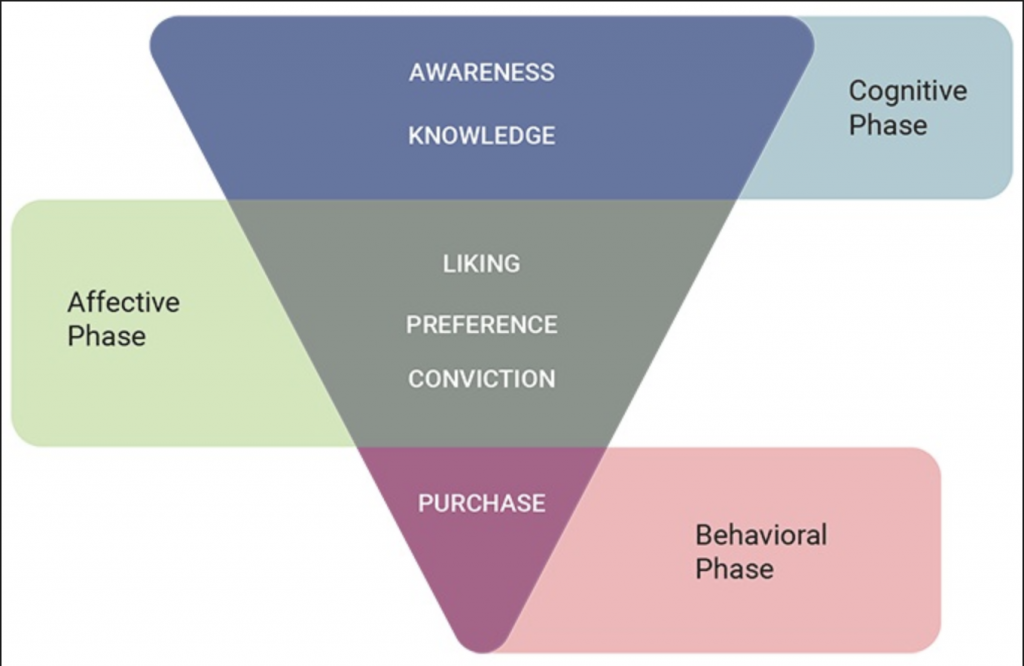
(Studiousguy, 2018)
BRANDING
I followed the same branding identity created for the Digital Practice module, as the advertisement is for NATIV, all the colours and fonts will be the same. As I for this project I mainly wanted to focus on the advert (and branding has already been covered on Design Practice) I will only attach the final font, gradient and logo.

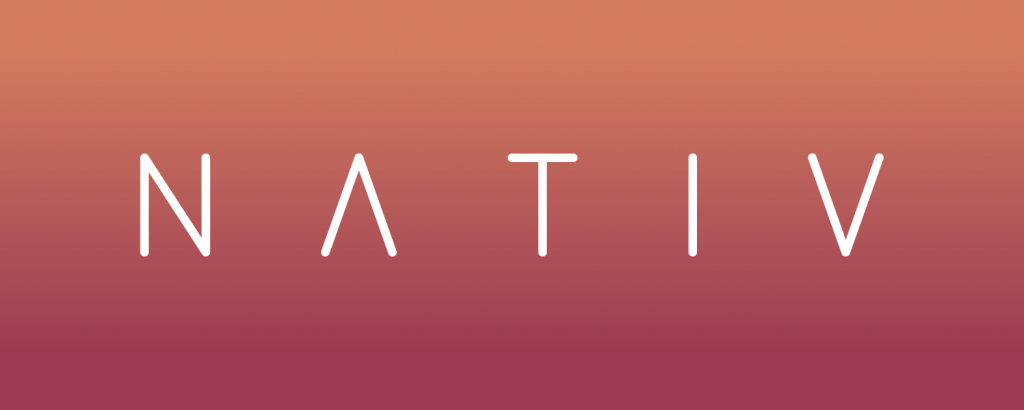
LOCATION
There are several locations that I could have used in Tenerife, but I needed a place in which there was a lot of tourist walking by and also plenty of space to put the equipment and have the «actors» hide before they have to jump into action. I thought about doing it at the beach, but the were several inconvenients.
- The sounds of the waves could ruin the surprise effect, as it sometimes sounds pretty high.
- Most people do not take phones to the beach, which would avoid them filming & eventually sharing the video, which would ruin the «viralization» of the advert.
- People wouldn´t walk and stand around to see what is happening, as they would all stay laying on their towels.
- It would be difficult to hide de actors.
- Sand might ruin the equipment.
- It has plenty of space to leave the beach-chair and for the actors to come into action.
- There is places where actors can hide while tourist sits.
- There are plenty of tourist walking there, as its one of the most touristic towns.
- Equipment can be placed safely close to corners and they won´t bother people walking by.
- Plenty of light and people who can stand around and watch /film with phones.
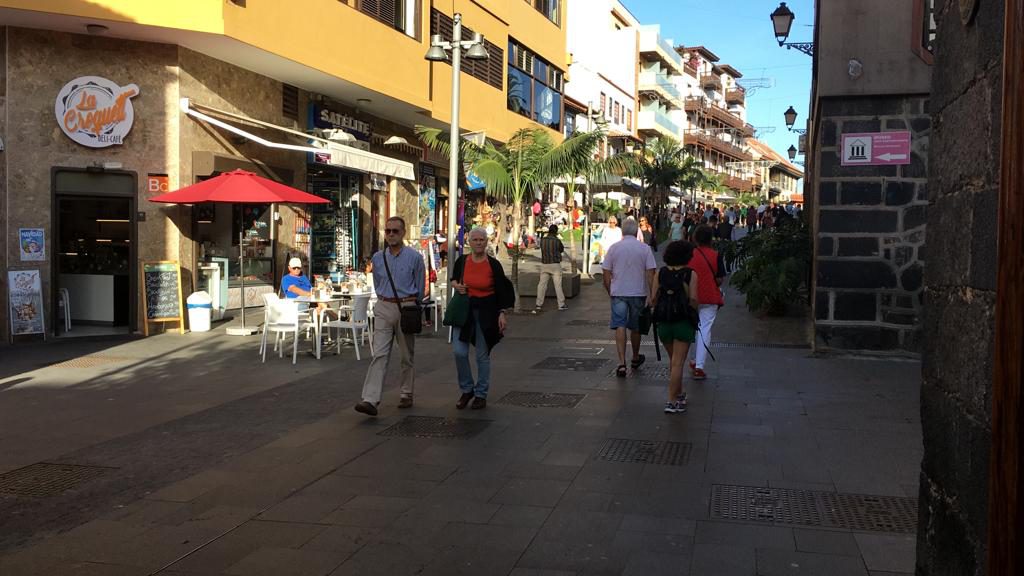
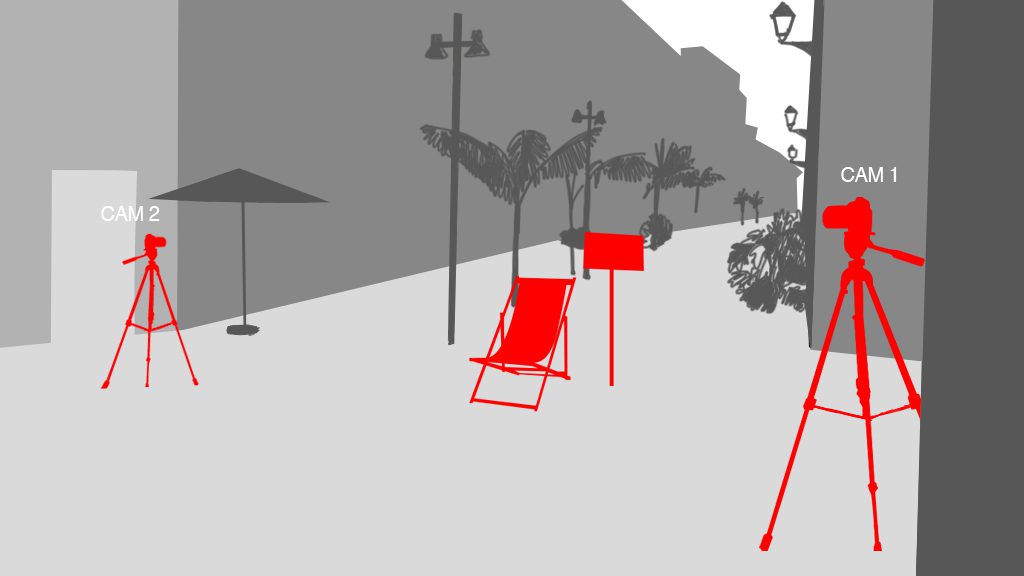
Click on the image beneath to see panoramic image of location.
INFOGRAPHIC
The purpose of creating an infographic is to create a piece of information which is interesting and easy to share through social platforms / communication apps and at the same time spreads the knowledge of NATIV.
- (Skift Research., 2018).
- (AG, T., 2018)
- (Insights.fb.com., 2018).
- (Travelagentcentral, 2018)
- (Loo, J., 2018).
COLABORATIONS & EQUIPMENT
To create this project I had the help of Matt Fryer, who is also doing my Master, but has years of experience as a Filmmaker.
He gave me some suggestions on what equipment were best to use according to the location of the shooting.
As the location for the shooting is outdoors, he has suggested what camera equipment I should use.
Camera: For cameras, there were two good options; one is the Canon DSLR 5D 4/5 and the second is the Canon DSLR 6D
Microphone: As, as mentioned before, the shooting would had been filmed outdoors, he suggested to use a unidirectional microphone. This way the sounds wouldn´t be captured from all 360º but mainly just sounds coming from the actors and the tourist. The Seinherser boom mic is a good option to achieve this.
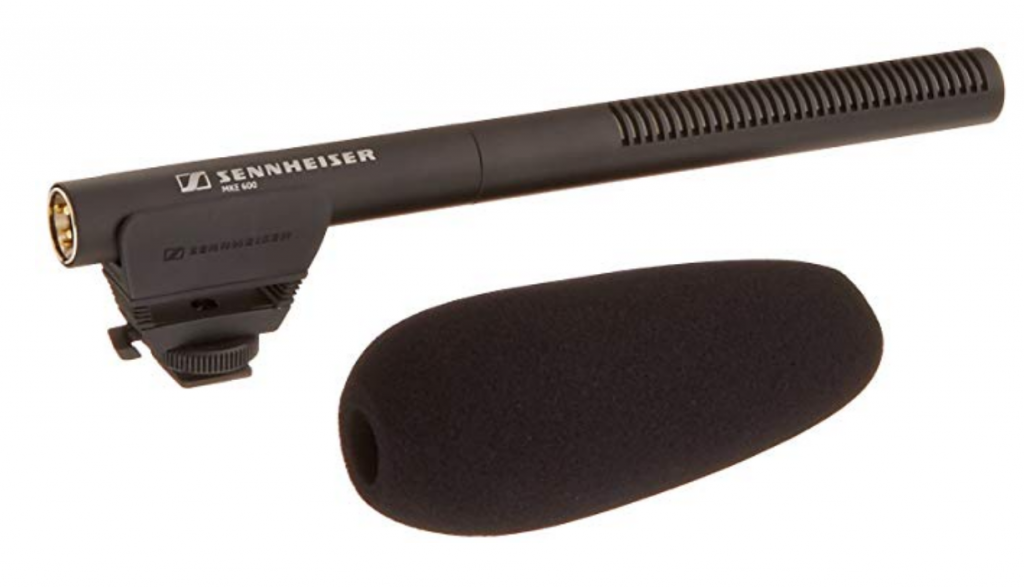
Track-recorder: For the audio, he suggested to use a Tascam DR40 (4-Channel 96kHz/24-bit Digital Recorder with XLR Inputs and Adjustable Mics).
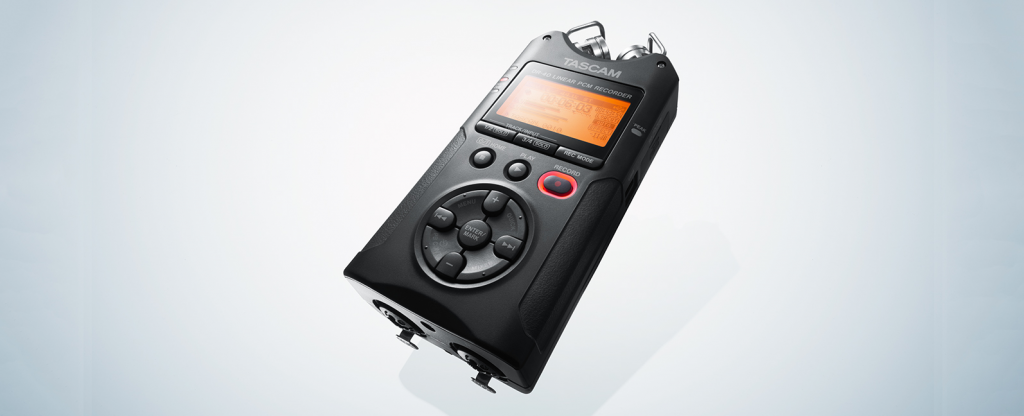
My second collaborator was Ben Goodwin, who is on his 3rd year of Digital Media Design and has a good knowledge on VR technology. He helped me figure out what program I needed to create the VR effect.
- «As long as you have a 3D camera you can build a 360 degree experience using google cardboard and a program called Unity 3D in a matter of minutes.»
My third collaboration would be the tourists who choose to sit in the beach-chair.
I will also need to display a screen mirroring what the tourist sees in the VR, this way the people around will understand what is going on.
360º VIDEO
To create the 360 videos I have borrowed a 360 camera from University. Its the RICOH THETA V. I could find several tutorials on-line on how to use the camera by connecting it to the phone through an App. I also bought along handle to make sure the images were taken from a good high.
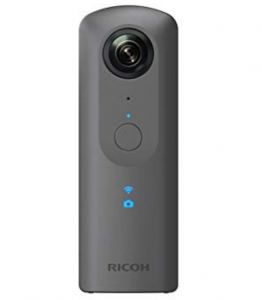
PREPARING FINAL VR PROTOTYPE
Creating the 3D footage has actually been a fun experience. I have also learned to use the 360 camera & phone app, as well as: RICOH THETA application on mac and most importantly Unity 3D. I will create the final video using premiere (which I have worked with before) as I can more easily work on the editing.
Here is an image that shows how I created the videos. (My brother and sister helped with location hunting for the videos)
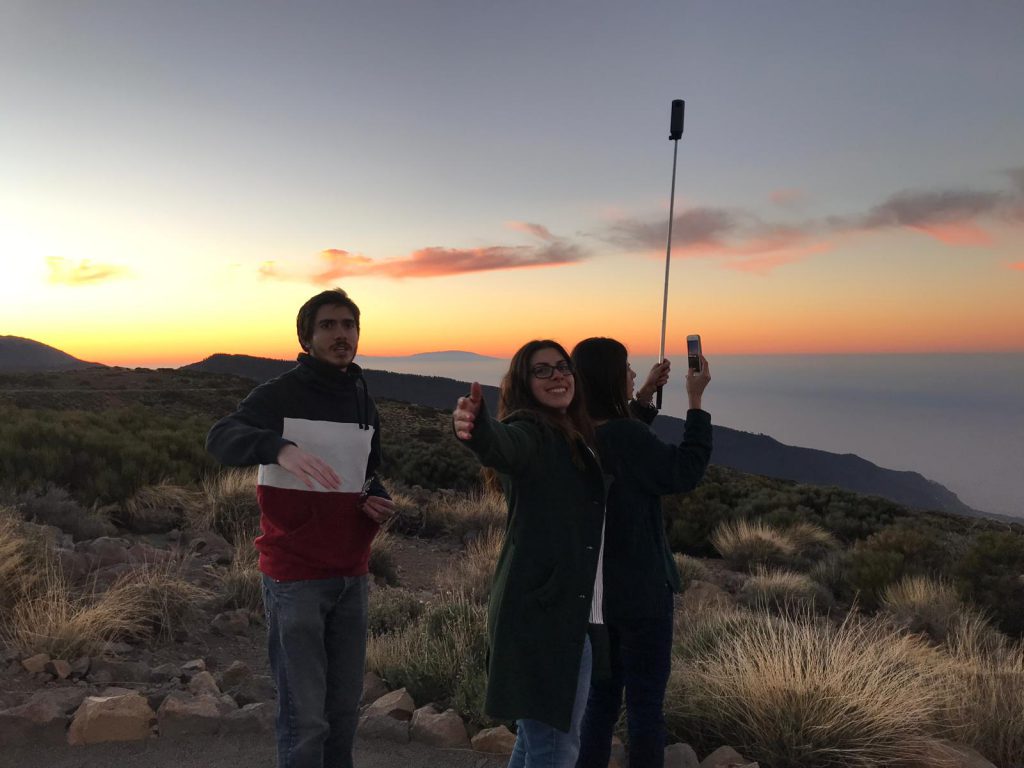
I first need to use the RICOH Theta V programme to «stich» the images together, as they download to the computer as two different spheres. To work on the videos I must convert them to a flat video.
Once the images were flattened I could start working with them in Unity 3D.
After stitching the images and getting them ready for editing, I went ahead and used Adobe Premiere Pro to edit the sequence including audio and text.
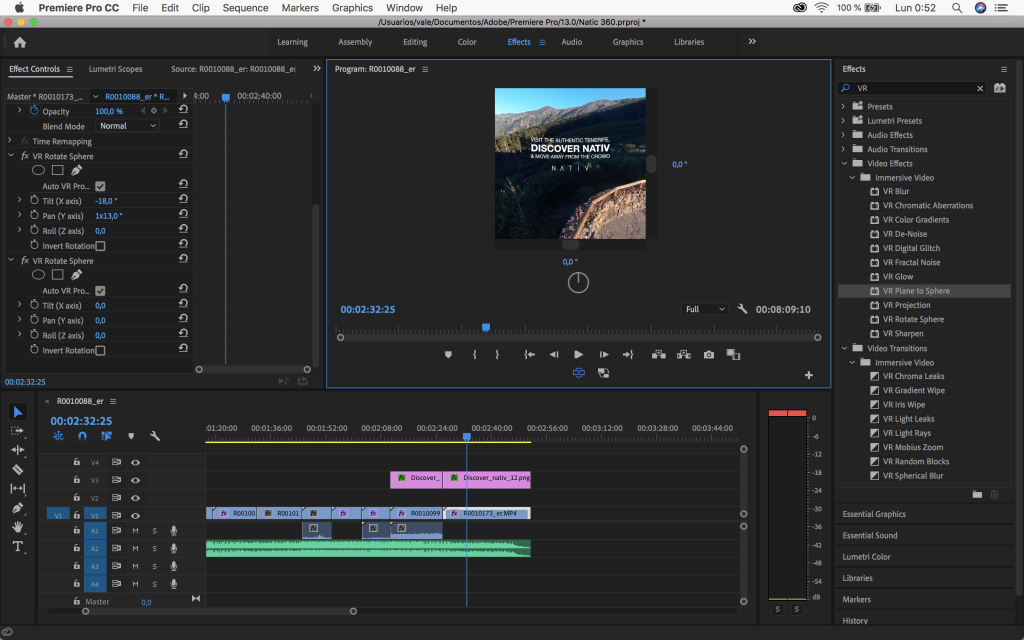
Once the 360 video is uploaded to youtube, we just to open the video/link on youtube app and you will automatically get the option to view with google cardboard as shown on this image:
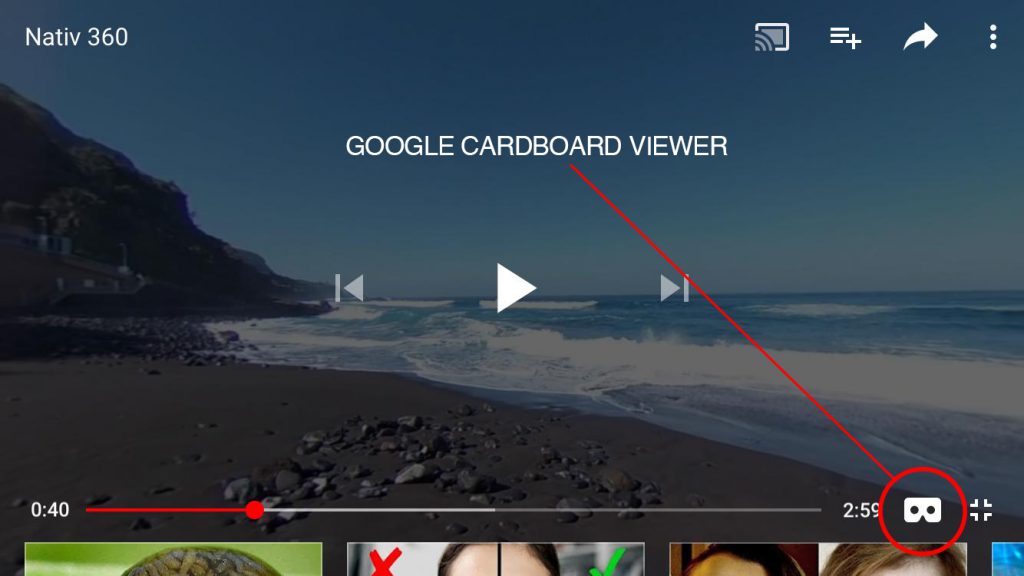
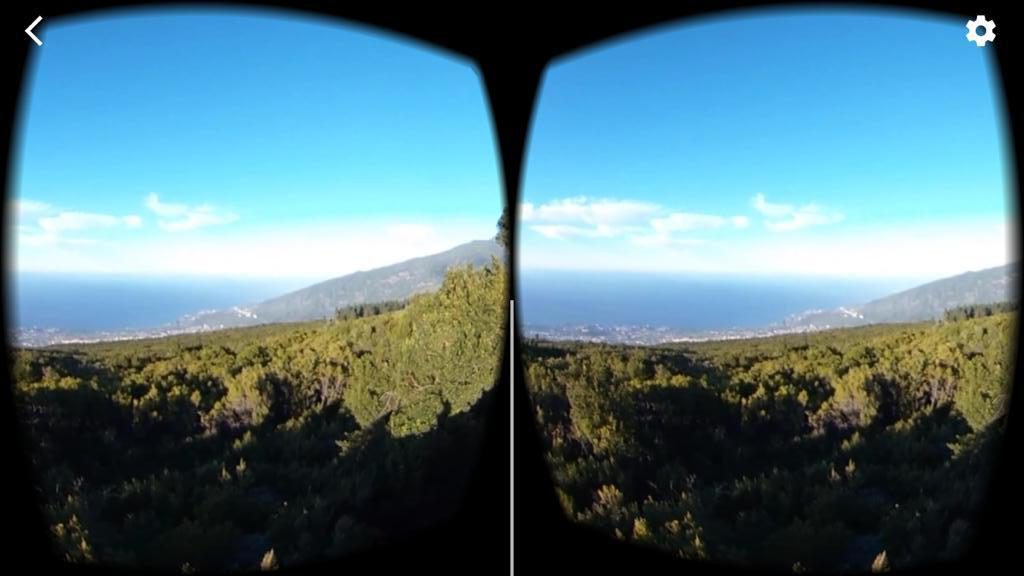
FINAL PROJECT OUTCOME
PLEASE USE YOUTUBE APP ON YOUR PHONE TO VIEW THIS LINK – this way you can move around the scene by just tilting and moving the phone around – much more interactive than watching it on desktop.
You can also find that video below. (Nativ 360 2).
Music: https://www.bensound.com
The original plan was to include typical music from Tenerife but I felt like most of the music was not «up-beat» enough to feel the viewer engaged and happy.
Music:http://www.bensound.com
REFERENCES
- Skift Research. (2018). U.S. Affluent Traveler Trends 2018: Annual Survey on Travel Behavior. [online] Available at: https://research.skift.com/reports/u-s-affluent-traveler-trends-2018-annual-survey-on-travel-behavior/ [Accessed 15 Nov. 2018].
- AG, T. (2018). Travel Trends Report 2019. [online] Trekksoft.com. Available at: https://www.trekksoft.com/en/academy/ebooks/travel-trends-2019 [Accessed 15 Nov. 2018].
- Insights.fb.com. (2018). More Than a Message: The Evolution of Conversation. [online] Available at: https://insights.fb.com/morethanamessage/ [Accessed 15 Nov. 2018].
- Travelagentcentral., 2018). Stats: 25% of Millennials Plan Solo Trip Within Next 2 Years | Travel Agent Central. [online] Available at: https://www.travelagentcentral.com/running-your-business/stats-25-millennials-plan-solo-trip-within-next-2-years [Accessed 15 Nov. 2018].
- Loo, J. (2018). How the travel industry is shifting to assistance – Think with Google. [online] Think with Google. Available at: https://www.thinkwithgoogle.com/marketing-resources/new-consumer-travel-assistance/ [Accessed 15 Nov. 2018].
- Pino, G., (2018) Travel Trends Report 2019. [online] Trekksoft.com. Available at: https://www.trekksoft.com/en/academy/ebooks/travel-trends-2019 [Accessed 15 Nov. 2018].
- Studiousguy (2018) Response Hierarchy Models, Available at: https://studiousguy.com/response-hierarchy-models/ (Accessed: 30 October 2018).
